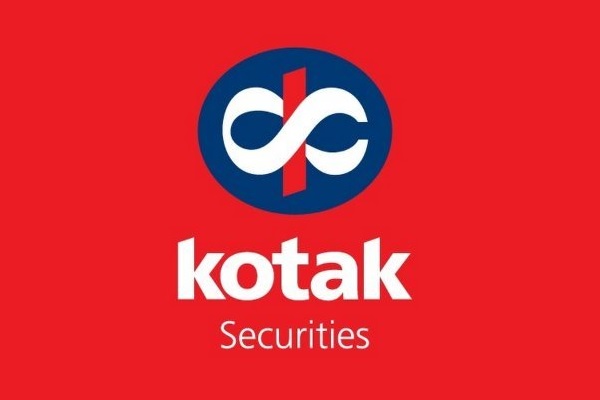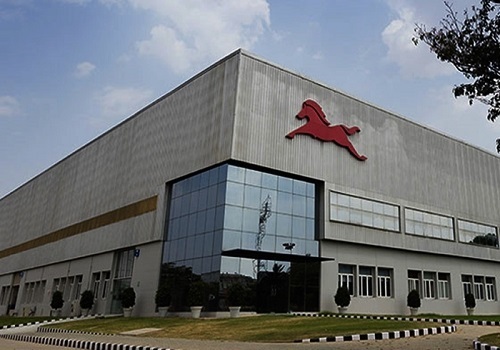Lifestyle of Employees: Balancing Work, Health, and Well-Being

In today’s fast-paced corporate world, the lifestyle of employees is evolving rapidly. With the pressures of deadlines, targets, and performance expectations, maintaining a healthy work-life balance has become both a challenge and a priority. How employees manage their time, health, and personal growth directly impacts not only their productivity but also their overall well-being.
1. Work-Life Balance
A balanced lifestyle is critical for employees to perform effectively. Long working hours, especially in high-stress environments, can lead to burnout, fatigue, and reduced efficiency. Companies are increasingly encouraging flexible work schedules, remote work options, and mental health support to help employees manage both professional and personal responsibilities.
2. Physical Health
Physical health plays a vital role in the lifestyle of employees. Sedentary work routines can lead to issues like obesity, back pain, and cardiovascular problems. Many organizations are promoting wellness initiatives, such as gym memberships, yoga sessions, standing desks, and regular health check-ups, to encourage a more active and healthier lifestyle.
3. Mental and Emotional Well-Being
Mental health is no longer a hidden topic. Stress, anxiety, and depression can significantly impact an employee’s performance. Companies are adopting measures like counseling services, stress management workshops, mindfulness programs, and employee assistance programs to ensure emotional stability and resilience.
4. Nutrition and Diet
A balanced diet supports both physical and mental health. Employees who prioritize healthy eating habits tend to have higher energy levels, better focus, and improved immunity. Workplace cafeterias are increasingly offering nutritious meals, snacks, and hydration stations to encourage healthier choices.
5. Social Life and Networking
Interaction with colleagues, social networking, and teamwork enhance the quality of professional life. Regular team activities, corporate events, and informal gatherings not only build stronger relationships but also help employees feel more connected and engaged at work.
6. Personal Growth and Learning
Lifestyle isn’t just about health; it also encompasses personal and professional growth. Employees who invest time in learning new skills, attending workshops, or pursuing hobbies often experience greater satisfaction and career progression. Organizations that encourage continuous learning help employees lead a more fulfilling and balanced life.
7. Technology and Lifestyle
While technology has made work more efficient, it can also blur boundaries between professional and personal life. Employees must manage digital distractions, avoid excessive screen time, and take digital detoxes to maintain mental clarity and emotional balance.
Conclusion
A well-rounded lifestyle for employees involves more than just working hard—it requires attention to physical health, mental well-being, social interactions, and personal growth. Organizations that recognize and support this holistic approach not only enhance employee productivity but also foster loyalty, satisfaction, and long-term success.























